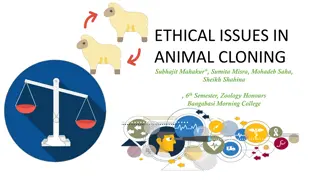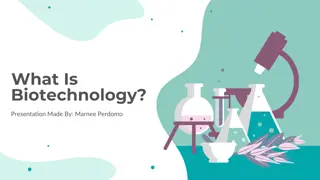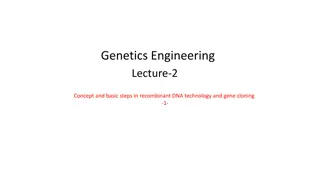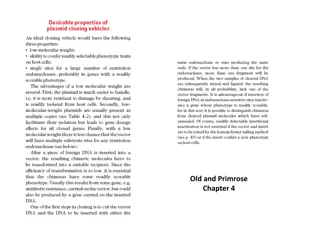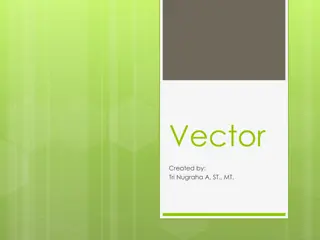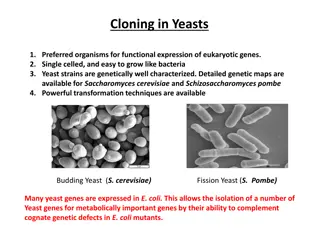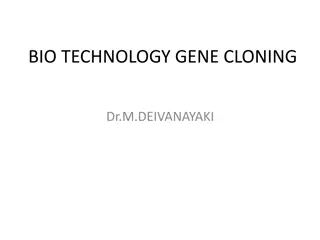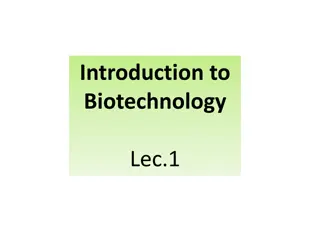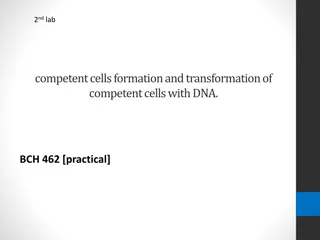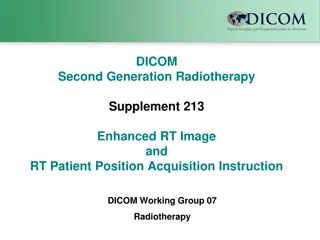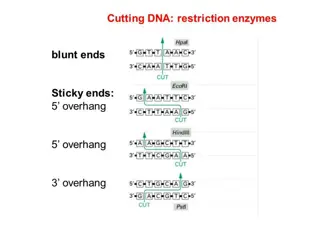Essential Tools in Molecular Biotechnology: Cloning Vectors
Cloning vectors are crucial in genetic engineering to transfer genes into host cells. Learn about the types, advantages, and mechanism of these vectors in facilitating gene insertion and expression for genetic manipulation.
Download Presentation

Please find below an Image/Link to download the presentation.
The content on the website is provided AS IS for your information and personal use only. It may not be sold, licensed, or shared on other websites without obtaining consent from the author.If you encounter any issues during the download, it is possible that the publisher has removed the file from their server.
You are allowed to download the files provided on this website for personal or commercial use, subject to the condition that they are used lawfully. All files are the property of their respective owners.
The content on the website is provided AS IS for your information and personal use only. It may not be sold, licensed, or shared on other websites without obtaining consent from the author.
E N D
Presentation Transcript
CLONING VECTORS Dr. Salah Dr. Salah Tofik Course: Molecular Biotechnology Course: Molecular Biotechnology MA Code MA Code408 Summer school Week Summer school Week 7 7 Date Date 1 1/ / 9 9/ / 2024 Tofik Balaky and Miss Amna Balaky and Miss Amna 408 2024
Cloning Vectors (Plasmids) For the transfer of any particular gene sequence to another host system a carrier or vector is required. Cloning vectors are essential tools in molecular biotechnology for inserting foreign DNA fragments.
There are three prerequisites for cloning genes to a new host. 1. Standardized method to introduce the gene of interest into the potential host. 2. The introduced DNA should be maintained in the new host. 3. The up taken gene should be maintained and expressed in the new host system.
Characteristics of Plasmid Vector A vector is used to amplify a single molecule of DNA into many copies. The DNA fragment should be inserted into the cloning vector which will be carrying the gene of interest to the new host organism. The cloning vector is a DNA molecule that must possess an origin of replication (ORI) which is capable of replicating in the bacterial cell.
Types of Vectors 1. Commercially available vectors: nowadays are genetically engineered plasmids or phages. 2. Cosmid vectors, bacterial artificial chromosomes (BACs). 3. Yeast artificial chromosomes (YACs).
Advantages of using plasmids as cloning vectors 1. Their smaller size and circular nature. 2. Replication independent of host cell. 3. Presence of several copies. 4. Their ability to carry foreign DNA fragments. 5. Their role in facilitating the study of DNA and protein function.
How do cloning vectors help in inserting genes into host cells? Cloning vectors play a crucial role in inserting genes into host cells by providing a platform for the integration of foreign DNA fragments. These vectors contain essential elements such as promoters, terminators, and selectable markers that facilitate the insertion and expression of genes in host organisms. This process allows for the study of gene function, protein expression, and genetic manipulation in various organisms.
Steps involved in inserting genes into cloning vectors Design specific primers for the target gene and amplify it using PCR. Insert the PCR-amplified gene into the cloning vector. Choose an appropriate host cell for gene expression, such as E. coli strains. Assess the expression of the recombinant gene through methods like western blotting.
Next lab Competent Cells and Heat-Shock Transformation



